The cashew market rate refers to the current price at which cashew nuts are being bought or sold in the global marketplace. Cashews are one of the most popular nuts worldwide and are widely consumed as a snack or used as an ingredient in various dishes. Understanding the market rate is crucial for farmers, traders, and buyers to make informed decisions about when to sell or purchase cashew nuts. The global cashew market is influenced by various factors, including supply and demand dynamics, weather conditions, harvest yields, and economic factors. As with any commodity, the cashew market rate is subject to fluctuations that can impact the profitability of stakeholders in the cashew industry. The supply of cashew nuts is primarily driven by major producing countries, with the top producers being Vietnam, India, Nigeria, Ivory Coast, and Brazil. These countries account for a significant portion of the global cashew production, with Vietnam being the largest exporter of cashews. Other notable producing countries include Tanzania, Mozambique, Benin, and Guinea-Bissau. The demand for cashews is driven by factors such as population growth, changing dietary habits, health consciousness, and increasing disposable incomes. Cashews are a versatile ingredient and are widely used in confectionery, bakery products, snack bars, and culinary preparations. The growing popularity of plant-based diets has also contributed to the increased demand for cashews as a substitute for dairy products in vegan recipes. The global cashew market has experienced steady growth over the years. According to data from the International Nut and Dried Fruit Council (INC), the global cashew production reached approximately 3.1 million metric tons in 2019. The consumption of cashew nuts has also been on the rise, with increasing demand from both developed and emerging economies. However, the cashew market is not without its challenges.

nuts
 One of the key challenges faced by the industry is the price volatility of cashews. Fluctuations in global supply and demand, as well as external factors such as weather conditions and political instability in major producing regions, can greatly affect the market rate. For example, adverse weather conditions like drought or cyclones can reduce cashew yields, leading to a decrease in supply and an increase in prices. Another challenge faced by the cashew industry is the issue of quality control. Cashews must undergo rigorous processing and storage to maintain their freshness and quality. Failure to meet quality standards can result in lower market prices or rejection of the product by buyers. Furthermore, the cashew market rate can be influenced by currency fluctuations. Since cashews are traded globally, changes in exchange rates can impact the competitiveness of cashew exports. A stronger currency can make exports more expensive, leading to a decrease in demand and a decline in market prices. To mitigate these challenges and ensure a stable cashew market rate, industry stakeholders, including farmers, processors, and exporters, need to work together to improve farming practices, invest in technology, and establish quality control mechanisms. Governments and industry associations also play a vital role in providing support and creating favorable policies to promote sustainable cashew production and trade. In conclusion, the cashew market rate reflects the price at which cashew nuts are bought and sold in the global marketplace. It is influenced by factors such as supply and demand dynamics, weather conditions, harvest yields, and economic factors. The cashew market has experienced steady growth in recent years, driven by increasing demand from both developed and emerging economies. However, challenges such as price volatility, quality control, and currency fluctuations pose risks to the industry. Addressing these challenges and implementing sustainable practices are essential for maintaining a stable and profitable cashew market rate. The cashew market plays a pivotal role in the global nut industry, with cashews being a highly sought-after commodity worldwide. In this article, we will delve deeper into the intricacies of the cashew market, examining the challenges and opportunities that shape its dynamics. From supply and demand fluctuations to quality control and market trends, we will explore the various aspects of this thriving industry.
One of the key challenges faced by the industry is the price volatility of cashews. Fluctuations in global supply and demand, as well as external factors such as weather conditions and political instability in major producing regions, can greatly affect the market rate. For example, adverse weather conditions like drought or cyclones can reduce cashew yields, leading to a decrease in supply and an increase in prices. Another challenge faced by the cashew industry is the issue of quality control. Cashews must undergo rigorous processing and storage to maintain their freshness and quality. Failure to meet quality standards can result in lower market prices or rejection of the product by buyers. Furthermore, the cashew market rate can be influenced by currency fluctuations. Since cashews are traded globally, changes in exchange rates can impact the competitiveness of cashew exports. A stronger currency can make exports more expensive, leading to a decrease in demand and a decline in market prices. To mitigate these challenges and ensure a stable cashew market rate, industry stakeholders, including farmers, processors, and exporters, need to work together to improve farming practices, invest in technology, and establish quality control mechanisms. Governments and industry associations also play a vital role in providing support and creating favorable policies to promote sustainable cashew production and trade. In conclusion, the cashew market rate reflects the price at which cashew nuts are bought and sold in the global marketplace. It is influenced by factors such as supply and demand dynamics, weather conditions, harvest yields, and economic factors. The cashew market has experienced steady growth in recent years, driven by increasing demand from both developed and emerging economies. However, challenges such as price volatility, quality control, and currency fluctuations pose risks to the industry. Addressing these challenges and implementing sustainable practices are essential for maintaining a stable and profitable cashew market rate. The cashew market plays a pivotal role in the global nut industry, with cashews being a highly sought-after commodity worldwide. In this article, we will delve deeper into the intricacies of the cashew market, examining the challenges and opportunities that shape its dynamics. From supply and demand fluctuations to quality control and market trends, we will explore the various aspects of this thriving industry.
Specifications of nuts
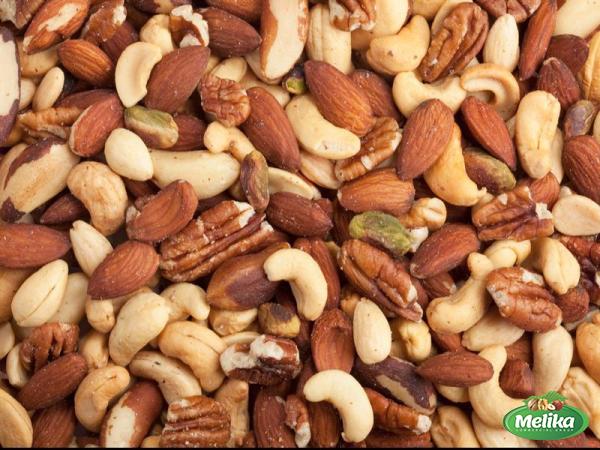 1. Supply and Demand Dynamics: The cashew market’s price is primarily driven by the balance of supply and demand. The major producing countries, such as Vietnam, India, and Nigeria, heavily influence the supply side, while the demand for cashews is fueled by factors like population growth, changing dietary habits, and increasing disposable incomes. Understanding these dynamics is vital for market participants to accurately predict and respond to price fluctuations. 2. Weather Conditions and Harvest Yields: The cashew market is highly susceptible to adverse weather conditions, which can significantly impact harvest yields and subsequent prices. Droughts and cyclones can cause crop damage, resulting in reduced supply and higher market rates. Monitoring weather patterns becomes crucial for stakeholders in order to anticipate potential disruptions and manage their inventory and sourcing strategies effectively. 3. Quality Control Measures: Maintaining high-quality standards is paramount in the cashew market. Thorough processing and storage practices are necessary to preserve the freshness and quality of the nuts, as any deviations can lower market prices or lead to the rejection of products by buyers. Implementing stringent quality control measures ensures that cashews meet customer expectations, enhancing market competitiveness and profitability. 4. Currency Fluctuations and Market Competitiveness: Since cashews are traded globally, currency fluctuations can significantly impact their market rate. A stronger domestic currency often makes exports more expensive, reducing competitiveness and potentially leading to lower demand. Hedging against currency risk and closely monitoring exchange rate movements are essential strategies for market players to maintain a competitive edge in the international market. 5. Market Trends and Consumer Preferences: Awareness of market trends and evolving consumer preferences is essential for businesses to adapt their offerings and remain relevant in the cashew industry. For instance, the rising popularity of plant-based diets has led to increased demand for cashews as a dairy substitute in vegan recipes. By staying updated with changing consumer preferences, businesses can seize opportunities and capitalize on emerging market trends.
1. Supply and Demand Dynamics: The cashew market’s price is primarily driven by the balance of supply and demand. The major producing countries, such as Vietnam, India, and Nigeria, heavily influence the supply side, while the demand for cashews is fueled by factors like population growth, changing dietary habits, and increasing disposable incomes. Understanding these dynamics is vital for market participants to accurately predict and respond to price fluctuations. 2. Weather Conditions and Harvest Yields: The cashew market is highly susceptible to adverse weather conditions, which can significantly impact harvest yields and subsequent prices. Droughts and cyclones can cause crop damage, resulting in reduced supply and higher market rates. Monitoring weather patterns becomes crucial for stakeholders in order to anticipate potential disruptions and manage their inventory and sourcing strategies effectively. 3. Quality Control Measures: Maintaining high-quality standards is paramount in the cashew market. Thorough processing and storage practices are necessary to preserve the freshness and quality of the nuts, as any deviations can lower market prices or lead to the rejection of products by buyers. Implementing stringent quality control measures ensures that cashews meet customer expectations, enhancing market competitiveness and profitability. 4. Currency Fluctuations and Market Competitiveness: Since cashews are traded globally, currency fluctuations can significantly impact their market rate. A stronger domestic currency often makes exports more expensive, reducing competitiveness and potentially leading to lower demand. Hedging against currency risk and closely monitoring exchange rate movements are essential strategies for market players to maintain a competitive edge in the international market. 5. Market Trends and Consumer Preferences: Awareness of market trends and evolving consumer preferences is essential for businesses to adapt their offerings and remain relevant in the cashew industry. For instance, the rising popularity of plant-based diets has led to increased demand for cashews as a dairy substitute in vegan recipes. By staying updated with changing consumer preferences, businesses can seize opportunities and capitalize on emerging market trends.
buy nuts
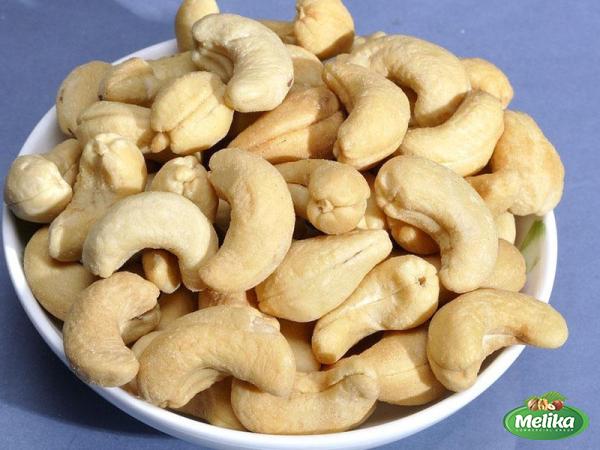 6. Value-Added Products: The cashew market offers opportunities to expand beyond selling raw nuts. Value-added products, such as roasted cashews, cashew milk, and cashew-based snacks, cater to the growing demand for convenience foods and innovative nut-based products. Diversifying product offerings can help businesses tap into new revenue streams and cater to a wider range of consumer preferences. 7. Sustainable Production and Ethical Sourcing: Sustainability and ethical sourcing are gaining traction in the cashew market as consumers become increasingly conscious of environmental and social impacts. Adopting sustainable farming practices, supporting fair trade initiatives, and ensuring transparency in the supply chain are not only responsible business practices but also provide a competitive advantage in an evolving market. 8. Industry Collaboration and Investments: Collaboration among industry stakeholders, such as farmers, processors, exporters, and governments, is crucial for overcoming market challenges and seizing opportunities. Investments in technology, research and development, and infrastructure can improve productivity, address bottlenecks, and ensure the long-term sustainability of the cashew industry. 9. Emerging Markets and Export Opportunities: While the demand for cashews remains strong in established markets, emerging economies present new growth opportunities. Rapidly growing middle-class populations in countries like China, India, and Brazil have shown an increasing appetite for cashew nuts. Understanding these emerging markets and establishing trade relationships can open up new avenues for market participants. 10. Risk Management and Mitigation Strategies: Price volatility, supply chain disruptions, and economic uncertainties pose risks to the cashew market. Implementing risk management strategies, such as forward contracts, hedging tools, and diversification of sourcing and sales channels, can help mitigate these risks and ensure stability in pricing and operations. Conclusion: The cashew market is a thriving industry with its own set of challenges and opportunities. Understanding supply and demand dynamics, weather patterns, quality control measures, currency fluctuations, and emerging market trends are essential for participants to navigate this dynamic marketplace successfully. Through collaboration, sustainable practices, and proactive risk management, businesses can capitalize on the lucrative opportunities presented by the global cashew market.
6. Value-Added Products: The cashew market offers opportunities to expand beyond selling raw nuts. Value-added products, such as roasted cashews, cashew milk, and cashew-based snacks, cater to the growing demand for convenience foods and innovative nut-based products. Diversifying product offerings can help businesses tap into new revenue streams and cater to a wider range of consumer preferences. 7. Sustainable Production and Ethical Sourcing: Sustainability and ethical sourcing are gaining traction in the cashew market as consumers become increasingly conscious of environmental and social impacts. Adopting sustainable farming practices, supporting fair trade initiatives, and ensuring transparency in the supply chain are not only responsible business practices but also provide a competitive advantage in an evolving market. 8. Industry Collaboration and Investments: Collaboration among industry stakeholders, such as farmers, processors, exporters, and governments, is crucial for overcoming market challenges and seizing opportunities. Investments in technology, research and development, and infrastructure can improve productivity, address bottlenecks, and ensure the long-term sustainability of the cashew industry. 9. Emerging Markets and Export Opportunities: While the demand for cashews remains strong in established markets, emerging economies present new growth opportunities. Rapidly growing middle-class populations in countries like China, India, and Brazil have shown an increasing appetite for cashew nuts. Understanding these emerging markets and establishing trade relationships can open up new avenues for market participants. 10. Risk Management and Mitigation Strategies: Price volatility, supply chain disruptions, and economic uncertainties pose risks to the cashew market. Implementing risk management strategies, such as forward contracts, hedging tools, and diversification of sourcing and sales channels, can help mitigate these risks and ensure stability in pricing and operations. Conclusion: The cashew market is a thriving industry with its own set of challenges and opportunities. Understanding supply and demand dynamics, weather patterns, quality control measures, currency fluctuations, and emerging market trends are essential for participants to navigate this dynamic marketplace successfully. Through collaboration, sustainable practices, and proactive risk management, businesses can capitalize on the lucrative opportunities presented by the global cashew market.

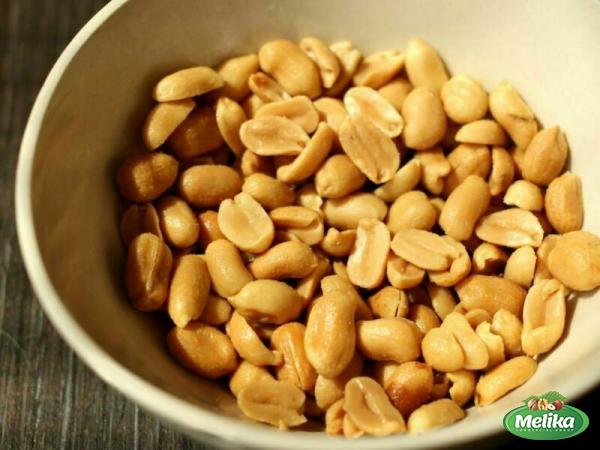




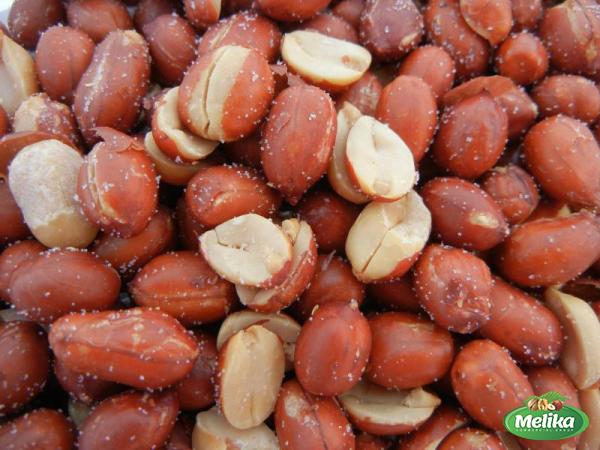

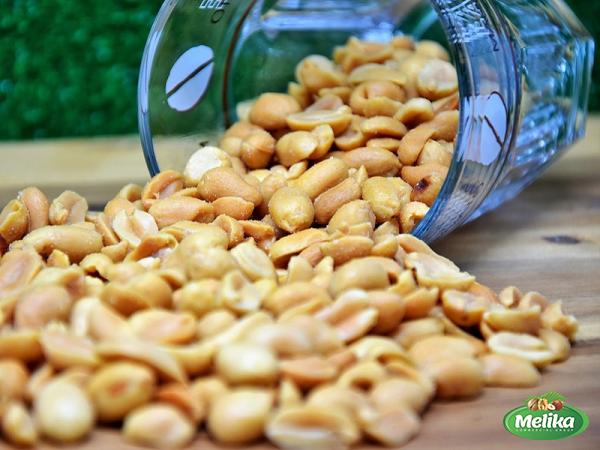

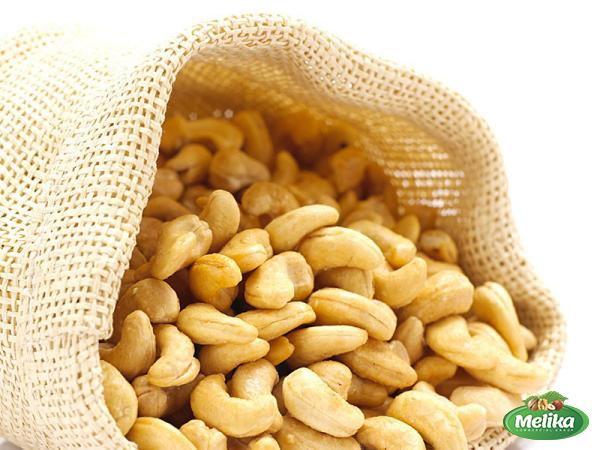
Your comment submitted.